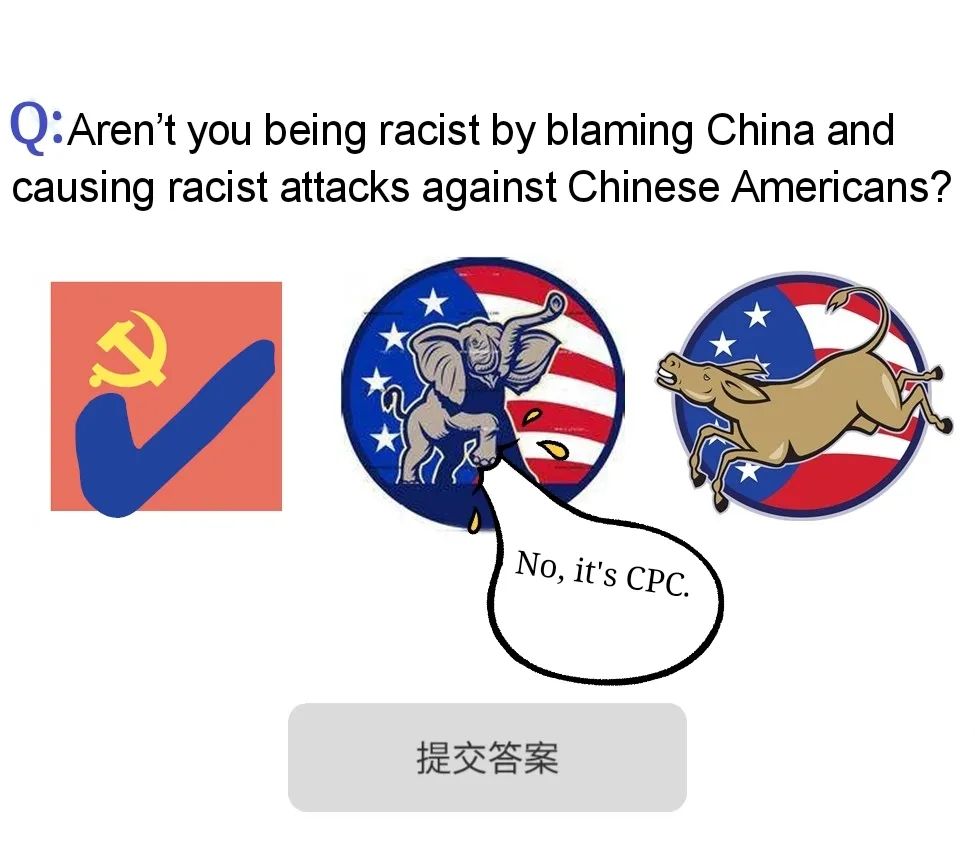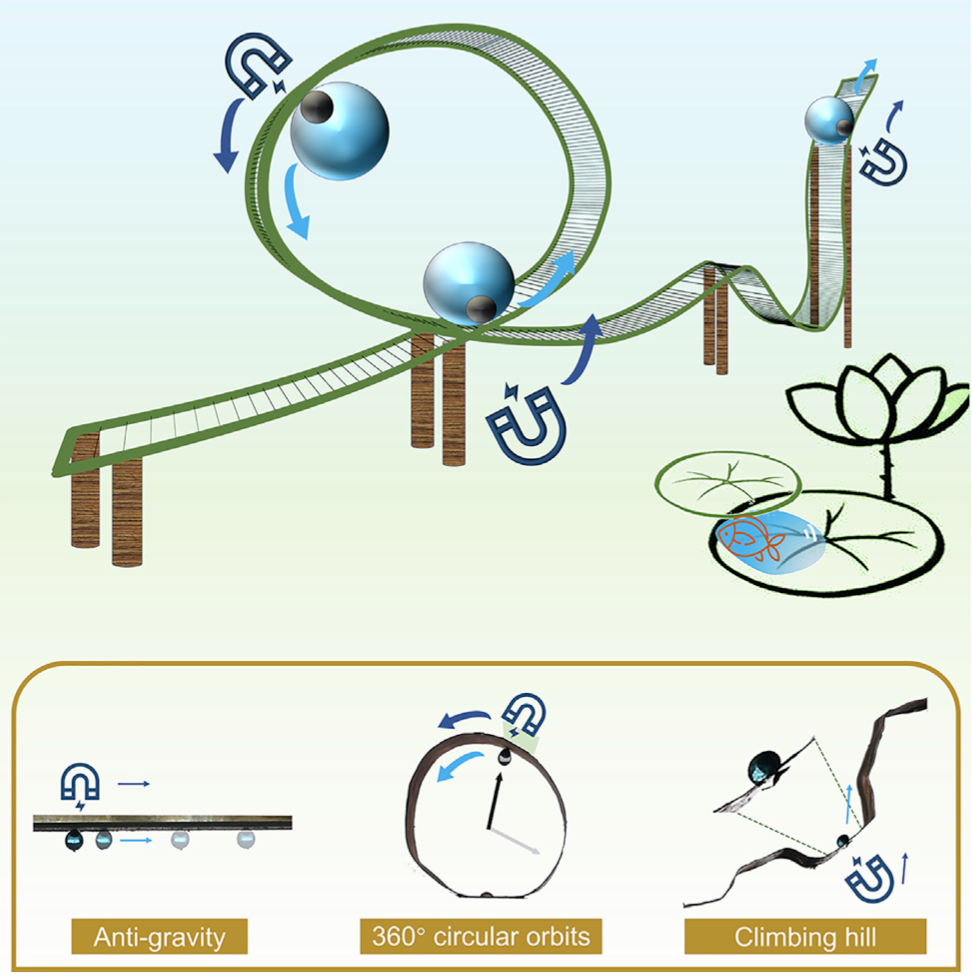Understanding What is a PET Bottle: Benefits, Uses, and Recycling Process
Guide or Summary:What is a PET Bottle?Benefits of PET BottlesCommon Uses of PET BottlesThe Recycling Process of PET BottlesWhat is a PET Bottle?PET, or Poly……
Guide or Summary:
- What is a PET Bottle?
- Benefits of PET Bottles
- Common Uses of PET Bottles
- The Recycling Process of PET Bottles
What is a PET Bottle?
PET, or Polyethylene Terephthalate, is a type of plastic commonly used for packaging beverages and other consumer products. When we ask, "What is a PET bottle?" we are referring to containers made from this durable and lightweight material. PET bottles are widely recognized in the beverage industry, particularly for soft drinks, water, and juices. Their popularity stems from their ability to preserve the freshness of the contents while being relatively inexpensive to produce.
Benefits of PET Bottles
One of the primary benefits of PET bottles is their lightweight nature. This characteristic not only makes them easy to transport but also reduces shipping costs and carbon emissions associated with transportation. Additionally, PET is known for its excellent barrier properties, which help to keep products safe from oxygen and moisture, thereby extending shelf life.

Another significant advantage of PET bottles is their recyclability. PET is one of the most recycled plastics globally, and many recycling programs accept PET bottles. This means that once consumers finish their drinks, they can dispose of the bottles responsibly, allowing for the material to be repurposed into new products, including clothing, carpets, and even new PET bottles.
Common Uses of PET Bottles
Beyond beverages, PET bottles are used in a variety of applications. They are commonly found in the packaging of personal care products, such as shampoos and conditioners, as well as household cleaners. The versatility of PET allows manufacturers to create bottles in various shapes and sizes, catering to different market needs.
Moreover, PET bottles are increasingly being used in the food industry. They are suitable for packaging sauces, salad dressings, and other food items, thanks to their ability to maintain product integrity. The clear nature of PET also allows consumers to see the product inside, which can enhance marketing efforts.
The Recycling Process of PET Bottles
Understanding what happens to PET bottles after they are disposed of is crucial for promoting sustainable practices. The recycling process begins with the collection of used PET bottles. Once collected, they are sorted, cleaned, and processed into small flakes. These flakes can then be melted down and reformed into pellets, which can be used to create new PET products.
Recycling PET bottles not only conserves resources but also reduces the amount of plastic waste that ends up in landfills and oceans. By participating in recycling programs, consumers play a vital role in closing the loop on PET bottle production and consumption.
In summary, when we explore the question, "What is a PET bottle?" we uncover a material that is not only practical and versatile but also beneficial for the environment when recycled properly. The lightweight, durable, and recyclable nature of PET bottles makes them a staple in various industries. By understanding the benefits, uses, and recycling processes associated with PET bottles, consumers can make informed choices that contribute to a more sustainable future.

